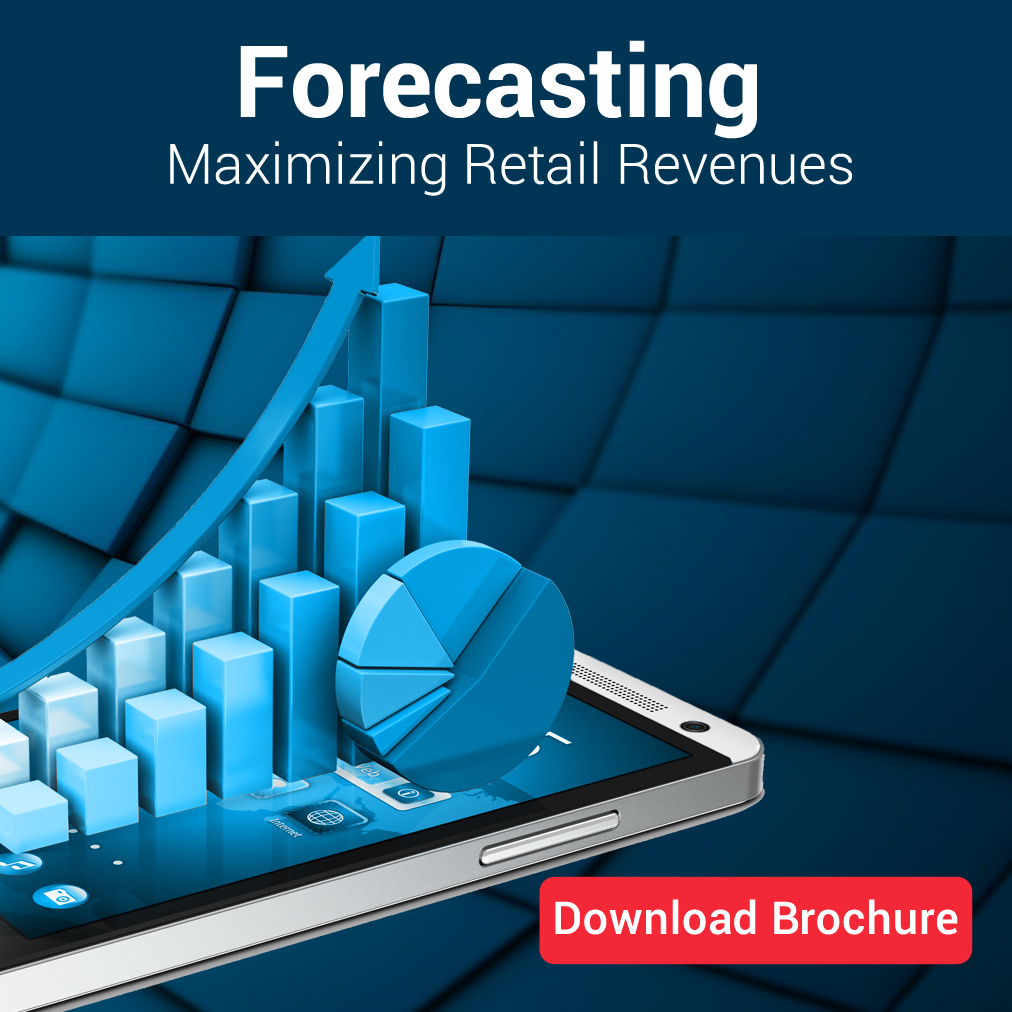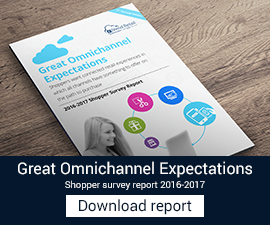
Sales forecasting is a crucial part of the financial planning of a retail business, essentially is the process of estimating future business’s sales. A forecast is based on historical sales data and is done for a particular period of a time in the near future, usually the next calendar year. A sales forecast enables a company to make informed business decisions regarding inventory or cash flow or plan for growth.
It is for this reason, forecasting is a central activity in any retail operations. It is a self-assessment tool that uses past and  current sales statistics to intelligently predict future performance.
current sales statistics to intelligently predict future performance.
Forecasting methods anticipate the future purchasing actions of consumers by evaluating past revenue and consumer behavior over the previous months or year to decipher patterns and develop forecasts for the upcoming months. Data is adjusted for seasonal trends, and then a plan for ordering and stocking products may follow the analysis. After fulfillment of current and forthcoming customer purchases and orders, an assessment of the results is compared with previous forecasts, and the entire procedure is repeated.
Function
Optimization of business decisions in a retail organization largely depends on the ability to forecast demand accurately. The optimization of order quantities, stock levels, or store shipment allocation depends on the aptitude of a retailer to forecast accurately demand at store and/or SKU level.
In retail management, forecasting serves to predict and meet the demands of consumers while controlling pricing and inventory. Holding excess inventory adds to overhead costs for a business whereas under stocking may lead to loss of revenue. Forecasting helps the retailer to meet the demands of the customer by understanding consumer purchase patterns better. It is also known to assist in more efficient use of shelf and display space within the retail establishment, in addition to optimal use of inventory space.
Benefits:
Accurate forecasts that meet the forthcoming consumption demands of customers help retail business owners and management to maximize and extend profits over the long term. Forecasting permits price adjustments to correspond with the current level of consumer spending patterns. Maintaining and controlling a sufficient but moderate inventory that meets the need without being excessive also adds to long-term profits in the retail industry.
Major financial benefits of inbuilt forecasting in iVend Retail include:
- Return on capital: Inventory is the largest investment in a retail organization. It is therefore important to forecast inventory by an accurate demand prediction that helps generate return on capital. High inventory is a drain on capital for any retail organization.
- Cash flow: Accurate forecasts are important to keep capital free that is otherwise tied up in excess inventory.
- Revenues: It has become important to sense customer demands to provide visibility and to market acceptance. Forecasting helps companies to support better revenue management by adjusting sourcing and distribution strategies and avoiding unproductive accumulation of inventory.
- Earnings: It is seen that good business sense is in adapting to supply chain optimization strategies. Accurate demand helps in precise supply chain decisions. Costly write offs are created If inventory becomes obsolete and that can result in significant disposal costs.
To know more about How retail Forecasting functions in iVend Retail 6.2 write back to us on [email protected] or contact your local CSM.





Leave a Reply